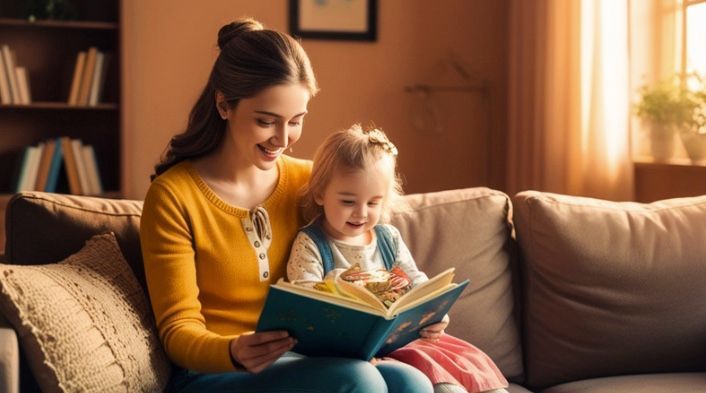The #1 Skill Every Young Reader Needs: Phonemic Awareness
Hearing Every Sound: Phonemic Awareness
I think most of us give very little thought to the importance of hearing every sound when teaching our children to read. I know that I did. It wasn’t something that I was taught when taking my teaching classes while in a credentialing program. Reading was always easy for me, and when I started my career in teaching, most reading programs didn’t focus on its necessity.
Phonics was being used primarily at the time, but it wasn’t long before Whole Language took over the reading scene, and phonics was dumped in many schools. While phonics helped a child hear the sounds and then put them together to form words, whole language focused more on reading for the meaning of the text in a way that related to the student’s own life and culture. When writing, the use of “best guess spelling” was used to keep the ideas flowing.
Unfortunately, the Whole Language approach did not work for dyslexic students at all. They could look at a picture and tell you their own story, but they couldn’t read the words on the page.
I had a parent come to me to screen her daughter for dyslexia, because her child’s school had told her that her daughter didn’t have any learning disabilities. She could “tell” the educator about the story by giving her own interpretation while looking at the pictures. Of course, this same child couldn’t read any of the words on the page. While this is extreme, it shows how many children are “left behind” when they can’t memorize enough words to make up for not being able to sound out the words.
Whole Language can be useful for a “Quick Write” when you don’t want the student to be bogged down by looking up every word they can’t spell, and I’m all for this; however, I would consider this a rough draft. They would need to go back and fix the spelling, so the story could be easily read. So basically, whole language is useful to encourage creativity, but phonics is needed to be able to spell and read what is written.
If your child is dyslexic, not just any phonics program will work. It should be Orton-Gillingham based. This type of program requires a student to learn to separate out sounds. A child who is not dyslexic can probably learn to read with any reading program, but just about any child, dyslexic or not, can learn to read with an Orton-Gillingham based program. There are several of these programs, but they are expensive and do require quite a bit of training depending on which program is chosen.
To teach your child to read at home, the first thing you need to do is help them hear every sound. There are simple exercises to do this. Having your child listen to three sounds and determining which are the same and which are different is a good start. I’ve compiled practice exercises that are easy to use and available to purchase on an inexpensive pdf download. When you are confident that your child is hearing each sound, it will be time to teach each sound of the alphabet correctly. They will then be able to start putting sounds together to form simple words.
Remember, there is no substitute for hearing every sound when beginning to learn to read. It’s the foundation to becoming a good reader that makes every academic subject more interesting, more fun, and just plain easier to understand.
Small Bites “Hearing Every Sound” is available through my website, betty-goodman.com. It’s never too soon, nor too late to get started.


